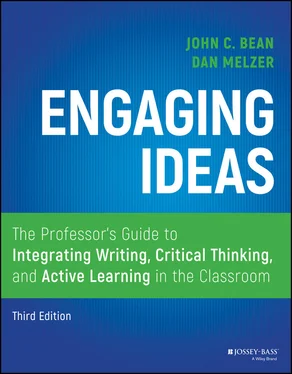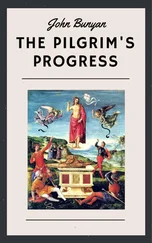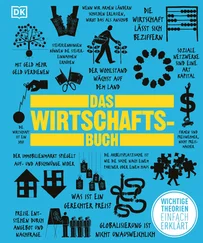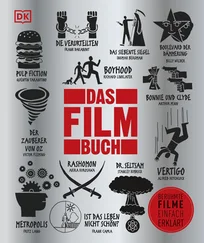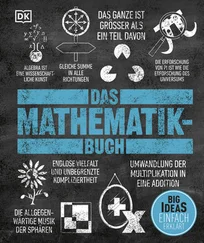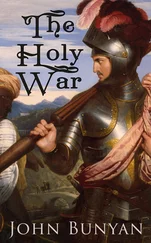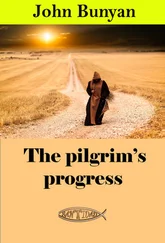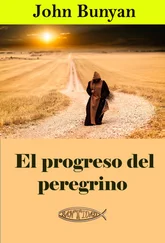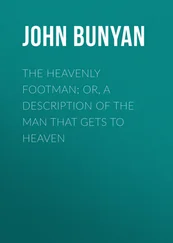The “Writing about Writing/Transfer of Knowledge” Movement in Writing Studies
Teachers in writing studies programs have long had theoretical disagreements about the content of first‐year composition—particularly about the subject matter of assigned readings and the consequent design of writing assignments. Recently a theoretical approach known as “writing about writing” or “teaching for transfer” has been increasingly influential for teachers of first‐year composition. Grounded in the work of scholars such as Kathleen Blake Yancy, Doug Downs, Elizabeth Wardle, Linda Adler‐Kassner, and many others, this movement makes writing studies itself the subject matter of first‐year composition. Courses typically guide students to think metacognitively about key threshold concepts in rhetoric/composition—concepts that illuminate how and why writing practices vary from discipline to discipline or across the spectrum from academic writing to professional writing to popular culture writing (newspapers, magazines, web genres, social media, and so forth). The goal of this approach is to promote transfer of learning from first‐year composition into a wide variety of writing situations that students will encounter in the future. In the third edition of Engaging Ideas, the influence of writing about writing can be felt in many of our chapter revisions, especially in our treatment of undergraduate research in chapter 10and in our increased attention to genres and discourse communities throughout. The influence is also revealed in our attention to reflective writing, as explained in the next section.
Use of Metacognition and Reflection for Self‐Assessment and Improved Peer Review
Another recent development in writing studies has been scholarship across the disciplines showing the efficacy of reflective writing for increasing subject matter learning and for promoting mindful awareness of one's thinking processes while writing or reading. By encouraging metacognition, reflective writing can increase students' skills at self‐assessing their own drafts in progress and provide constructive help to classmates during peer review. The influence of this scholarship can be seen throughout the third edition, especially in our examples of reflective assignments from across the disciplines and in Dan's own experiences using reflections, self‐assessment, and peer review in his writing courses. Chapter 11, new to this edition, focuses explicitly on self‐assessment and peer review.
Emergence of a Translingualist Approach to Diversity in Language Practices, Media, and Genres
In 2011, writing studies scholars Bruce Horner, Min‐Zhan Lu, Jacqueline Jones Royster, and John Trimbur published a landmark article entitled “Language Difference in Writing: Toward a Translingual Approach.” As Horner and colleagues explain, a translingual approach “applaud[s] efforts to increase students' fluency in as many languages and varieties of language as possible” (307). Instead of trying to eradicate “error” (often seen as deviations from Standard edited English), a translingual approach invites students to identify rhetorical contexts where it might be effective to break the conventions of Standard English or otherwise to draw on linguistic resources from other dialects or languages.
It should be noted that we wrote the manuscript for the third edition during the Black Lives Matter protests against police brutality set inside the COVID‐19 lockdown and the approaching 2020 elections. At this time, many teachers, who have long valued diversity and social justice, were forced again to acknowledge white privilege and confront the biases of former practices. In this third edition, the influence of translingualism can be most noticed in our revision of the chapter on grammar and sentence editing. The translingual approach can also be felt in our examples throughout, which feature a wider range of ethnicities, media, genres, and audiences.
Growing Interest in Alternatives to Traditional Grading
In recent years, the increased emphasis on self‐assessment and peer review has opened up alternative methods for grading student writing such as portfolios or contract grading. Portfolios make it possible for students to demonstrate improvement from draft to draft, allowing for grading criteria that can include effort and growth of metacognitive practice of revision strategies. Contract grading goes further in that it can reward time on task in innovative ways, as explained in Asao Inoue's influential Labor‐Based Grading Contracts: Building Equity and Inclusion in the Compassionate Writing Classroom (2019). Motivated by a desire to be equitable to his diverse students, Dan has experimented with alternative forms of grading and currently uses both portfolios and contract grading in his own classrooms. In the third edition we devote a new chapter ( chapter 16) to these alternatives to traditional grading.
Expanding Affordances of Classroom Technology and Social Media
Since the second edition was published in 2011 there has been rapid growth in instructional technology, cell phone apps, multimedia web platforms, and social media affordances. Here Dan's expertise has been crucial. At the time of his retirement from teaching, John was still collecting stapled copies of student papers and cursing the disappearance of opaque projectors. Luckily for the third edition, Dan is at home with classroom technology, social media, and the various places where pedagogy and technology intersect. Readers will appreciate Dan's contributions throughout in our updated references to technology ranging from clickers in the classroom to conducting small‐group discussions on Zoom.
What's New in the Third Edition?
Given this background on new scholarship and evolving teaching practices, we can now provide a succinct description of what is new in the third edition:
A new chapter ( chapter 11) on using self‐assessment, reflection, and peer review to promote revision. This new chapter reviews the scholarship on reflection and peer review and shows how instructors can shift some of the responsibility for responding to student writing from themselves onto students.
A new chapter ( chapter 16) on alternatives to traditional grading. This chapter reviews long‐standing critiques of traditional grading in pedagogical scholarship and shows how portfolios and contract grading can be viable alternatives for overcoming inequities and increasing students' motivation, effort, and engagement.
A revised chapter 3on helping students think rhetorically. Influenced by insights from the teaching‐for‐transfer movement in first‐year composition, our revised chapter 3now covers genre in more detail and connects genres more fully to the concept of discourse community.
A revised chapter 4on formal writing assignments. Our revision focuses more heavily on placing formal assignments within authentic rhetorical contexts that include purpose, audience, and genre. It also emphasizes the wide range of genres (from academic/professional to personal/expressive) that are appropriate for formal assignments.
A revised and relocated chapter on grammar and sentence editing (now chapter 15, previously chapter 5). Our revised chapter now takes a consciously translingual approach to linguistic diversity and moves the chapter toward the end of the book. The chapter still emphasizes careful sentence editing, but in the context of the writer's purpose, audience, and genre.
A revised chapter 7on reading. Influenced by recent scholarship on the reading practices of disciplinary experts, our revised chapter focuses on reading mindfully across a range of reading purposes, which can vary depending on whether one's purpose is to formulate a deep response to a text (common in the humanities) or to advance mastery of content knowledge (common in the sciences and professional fields).
Читать дальше
